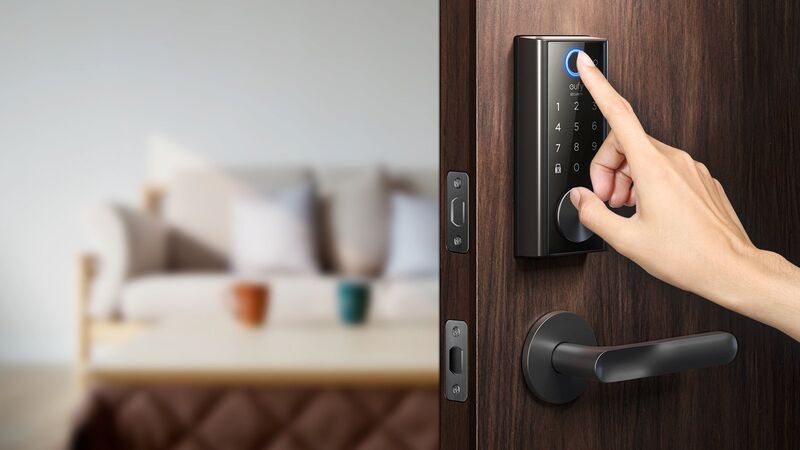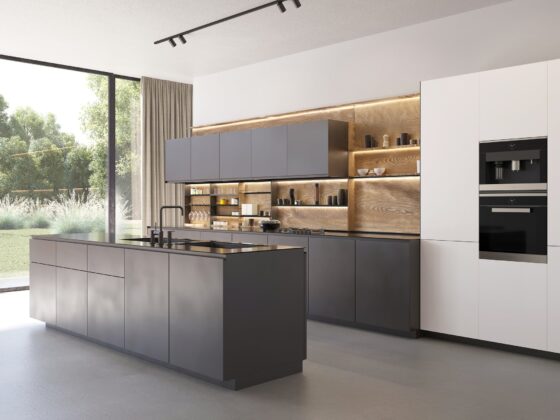Smart home technology is evolving at break-next speed. If you ever want to know what is on the horizon, just read up on the annual Consumer Electronics Show (CES). It is where all the latest and greatest smart home devices are introduced. This year’s show was exciting, as always, thanks to advancements in biometric technologies.
In short, biometrics are playing a larger role in driving the future of home automation and security. We can see evidence of it in the next generation of smart locks. It might not be too much longer before smart locks with keypads go the way of the dinosaurs. These days, keyless entry is all about biometrics.
Smart Locks Mean No Keys

Speaking of keyless entry, Vivint Home Security recently ran a detailed piece discussing the concept. One of the big takeaways from the piece was that most smart locks are designed to eliminate the need for keys. Keyless entry is the whole point.
Today’s smart locks still allow for keyed access. They need to for the simple fact that electronics can fail. But manufacturers go to great lengths to ensure that consumers never have to actually use their keys. They are designing smart locks with a variety of access options so that only a complete loss of power would warrant pulling out the keys.
Keypad Access
First generation smart locks bypassed the need for keys with numerical keypads. A lock would be programmed with a 4-digit access code. To unlock the door, you just type in the code. Simple enough.
The technology is dependable enough that it is still in use today. You can still buy entry level smart locks with keypad access. What’s more, most models allow homeowners to program multiple access codes. Each member of the family can have their own code. Temporary codes can be issued to visitors on an as-needed basis.
Biometric Access

If keypads work so well, why get away from them? Manufacturers are developing different methods of biometric access for a couple of reasons. First and foremost, biometric access is considered more secure.
A 4-digit access code can be stolen or inadvertently shared with the wrong people. With a bit of research and some social engineering, a skilled criminal stands a pretty good chance at figuring out a victim’s access code. And of course, people can have temporary memory lapses and forget their codes the same way they forgot the combinations to their lockers in high school.
Biometric features are unique to each individual. They cannot be lost or stolen. They can’t be compromised in a data breach. So what kinds of biometric features are being harnessed for access control?
Fingerprints are the first thing that comes to mind. Smart locks with fingerprint scanners have been on the market for a couple of years. If that doesn’t do it for you, Philips used this year’s CES to showcase their brand new smart lock with an embedded palm reader. Meanwhile, a lesser known company by the name of Lockly recently introduced a product that relies on facial recognition for access.
You Become the Security Feature

The best part about biometric access for smart locks is that you, as the consumer, become the security feature your locks rely on. Whether it is a fingerprint, palm print, or the finer details of your face, you are a unique individual in every way. Tying your biometric features to home security is a brilliant idea. Now that biometric access is no longer limited to science fiction films and television, I am excited to see what manufacturers come up with.


